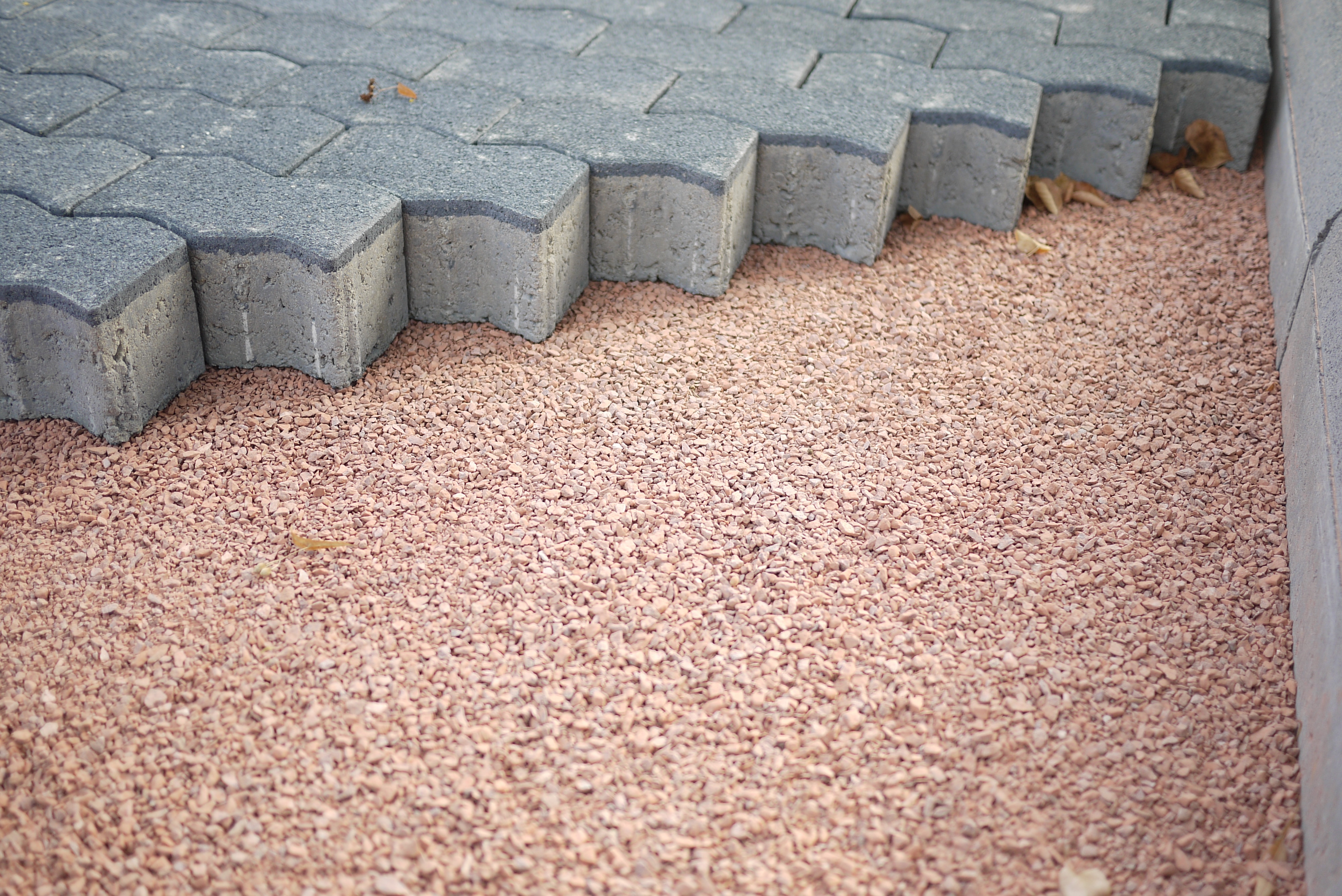When considering traditional patterned flagstone, one of the greatest challenges has been the varying thickness of material. One stone that best illustrates this is natural cleft Pennsylvania Bluestone. Because of the way the stone is quarried, many often experience variations in thickness of up to 3/8 of an inch. While this is certainly a manageable challenge, it means that during installation, the sand base must be continually modified to accommodate the variations of the material. This monitoring and modification can be a time-consuming, labor-intensive process that adds significantly to the cost of the finished installation. In the world of contractors, time is money. With money in mind, many shy away from natural stone and chose manufactured pavers as they are faster to install and show greater consistency in thickness.
In terms of production, gauged natural stone is sawn on all sides to ensure a consistent thickness and is also heat treated on the top of the stone to create a slip resistant surface with a natural appearance. Semi-gauged stone maintains its natural cleft surface on top while the bottom of the stone is sawn off to maintain a 1” thickness. This treatment preserves the natural stone surface. While this gauging is not as precise, it still falls well within the parameters needed for greater productivity during installation. In order to accommodate different time and budgetary needs, the Stone Center has worked with its suppliers to offer both gauged and semi-gauged products.
Finally, both gauged and semi-gauged stone can be installed in the same fashion as concrete pavers: by striking the setting sand off smoothly and by laying the pavement without individual adjustment of each piece. By using gauged or semi-gauged stone, a homeowner can ensure the productive installation of a natural-looking patio that will last a lifetime, maintain its value, and never go out of style.




